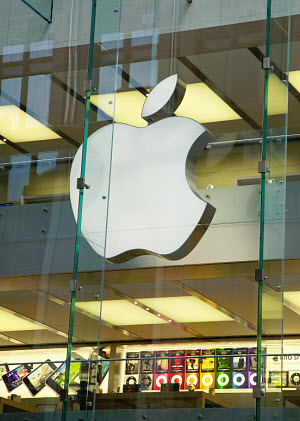The iPhone giant has announced that it has now purchased the German AR software maker.
Apple has now announced by way of a corporate filing, that it has acquired a German company that specializes in augmented reality imagery and software, called Metaio. This could place a great deal of weight behind the use of AR technology, which has seen a bumpy road along its path to adoption.
So far, there have been only very specific uses of AR tech that have made it onto the market.
By the time that this article was written, the terms of the purchase had not yet been disclosed. The augmented reality company has been in the spotlight for many investors for some time now, but this purchase by Apple has changed the entire nature of the company’s existence. Previously, Metaio had welcomed investors such as Westcott LLC, which is the investing side of entrepreneur Carl Wescott (the 1-800-Flowers floral delivery company founder), as well as Atlantic Bridge, a growth equity tech fund based in Silicon Valley.
According to the document that was filed with a Munich court, the augmented reality company’s sole shareholder is now Apple.
 The AR technology software from Metaio is typically implemented in automotive, industrial, and retail markets. It gives sellers the opportunity to create virtual user manuals or even showrooms for their products. This makes it easier for consumers to be able to imagine a product in a real situation, or to be able to visualize the instructions for complex equipment maintenance or repair purposes.
The AR technology software from Metaio is typically implemented in automotive, industrial, and retail markets. It gives sellers the opportunity to create virtual user manuals or even showrooms for their products. This makes it easier for consumers to be able to imagine a product in a real situation, or to be able to visualize the instructions for complex equipment maintenance or repair purposes.
This can be helpful because it is accessible through mobile devices that are commonly owned and carried – such as smartphones and tablets – and it creates an overlay of graphics and/or text on top of images and objects that are there within the real-life environment. This is not the same tech as virtual reality, which creates an entirely simulated environment.
According to Juniper Research analyst, Steffen Sorrell, Apple would be able to work Metaio into its custom computer chip line of products. In this way, the tech market research firm analyst said that Apple would be able to use the augmented reality intellectual property to create a genuine differentiation for its products in an increasingly competitive mobile device marketplace.

 Macesin obtained his smartwatch on the first day of the device launch, April 24. He has now been prosecuted under Section 439.1 of the Quebec Highway Safety Code, which says that “no person may, while driving a road vehicle, use a hand-held device that includes a telephone function.” What Macesin is now arguing is that a smartwatch is not a hand-held device. It is wearable technology. The reason is that the device was not in his hand, it was on his wrist.
Macesin obtained his smartwatch on the first day of the device launch, April 24. He has now been prosecuted under Section 439.1 of the Quebec Highway Safety Code, which says that “no person may, while driving a road vehicle, use a hand-held device that includes a telephone function.” What Macesin is now arguing is that a smartwatch is not a hand-held device. It is wearable technology. The reason is that the device was not in his hand, it was on his wrist.